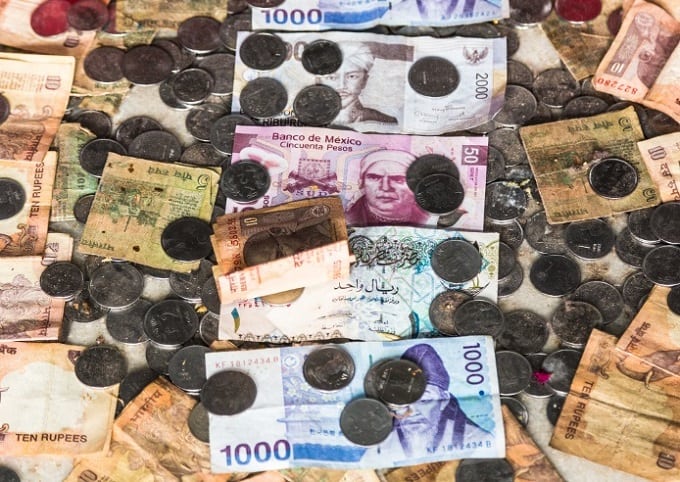The JP Morgan Emerging Market Bond Index (EMBI) has fallen more than 4% since the start of April as rising US Treasury yield prompt concerns the asset class could see sustained outflows.
However, Last Word Research data shows European fund selectors surveyed in Q1 2018 plan to increase their holdings in the asset class over the 12-month period to the end of March 2019.
The asset class was one of the most successful in 2017 in terms of net flows and while sentiment remained positive toward emerging market debt, there are fewer buyers today than six to nine months ago, according to our research.
The pan-European sentiment for Q1 2018 had 23% looking to increase, 50% to hold, 8% to decrease, and 19% did not use the asset class.
Source: Last Word Research
According to FE Analytics, the emerging market fixed interest sector within the FCA Recognised universe returned -0.31% over the three years to 30 April 2018.
Source: FE Analytics
Heavy positioning
Marcelo Asslin, head of emerging market debt at NN Investment Partners, said the recent emerging market sell off was driven by investors finding themselves overweight in the asset class and uncomfortable with the risks such as higher volatility and the appreciation of the US dollar, which has risen more than 4% against the euro over the last month.
Asslin told Portfolio Adviser sister publication Expert Investor emerging market fundamentals remained positive, despite these risks – and the “idiosyncratic noise” in core emerging market countries such as Argentina, Indonesia, Malaysia, Mexico, Brazil, Turkey, and Iran.
“We expect growth will accelerate this year and next year,” he said.
Asslin said following the sell-off he advised investors to return to the asset class selectively – with a smaller but long-term positions.
Asslin said he was overweight in frontier markets like Egypt, Sri Lanka, sub-Saharan Africa and Ecuador.
He noted that Iraq was an overlooked market despite oil prices and production increasing. “We expect government revenue to increase and current accounts to improve owing to higher oil export revenue, as a result, Iraq’s economic fundamental trajectory remains positive,” he said.
He said the emerging markets that he was not positive on were Mozambique and Pakistan.
US dollar
While Asslin said the appreciation of the US dollar was a negative for emerging market countries – most of which are pegged to the greenback – he said he did not expect the dollar to continue to appreciate from current levels over the next few months.
Latin American debt markets have been among the hardest hit by US dollar strength, which a recent DWS report described as “the perfect cocktail for weakness across all riskier assets”.
Ten-year US Treasuries hit their highest yield level in seven years at 3.07% last week. They had the highest two-year, five-year, and 10-year yields in the G10, according to the DWS report.
Argentina
Fidelity International’s portfolio manager Paul Greer said the US dollar surge was linked to the tumult in Argentina’s financial markets.
The South American country’s central bank has been forced to hike policy rates by almost +1,300 basis points to 40% to support the depreciating peso and to help cool soaring inflation expectations.
“The markets have seemingly lost patience with the authorities’ ability to manage the country’s ugly macro mix of widening twin deficits and elevated inflation,” Greer said.
“With 10-year US treasury yields recently touching 3%, investors have refocused on interest rate differentials and positioning.”
Liontrust Asset Management head of global fixed income David Roberts said it would take some time before investors felt confident Argentina was able to stand on its own feet without IMF support.
Future for EM
Ashmore’s head of research Jan Dehn said that over the past week sentiment towards emerging markets had stabilised as investors had realised that the surge in the dollar was not a good reason to liquidate emerging market positions.
“The pullback in EM markets has increased the appeal of the EM asset class, which was priced attractively even prior to this latest bout of volatility,” Dehn said.
Dehn said he expected more pullbacks – such as the recent emerging market sell-off – over the next few years as developed markets adjusted to the end of quantitative easing.
“The only asset class to cheapen outright during the QE period was emerging markets which offer far better return potential than developed markets,” he said. “Investors should exploit temporary pullbacks to enter the asset class at attractive valuations.”











